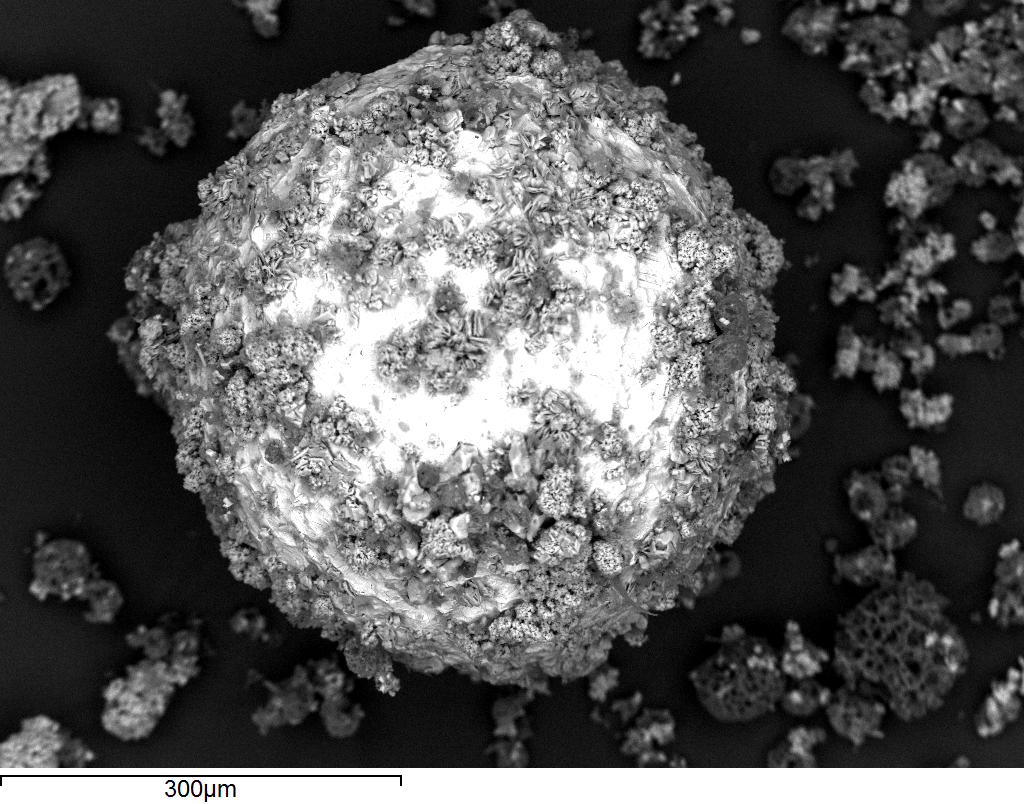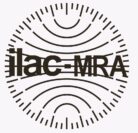
You may have heard reference to ‘particulates analysis’ on TV series such as CSI or Bones, where the investigators send off all kinds of things to ‘The Lab’ for Particulates. From shoes to car bumpers, and skin swabs to plants, this can help these fictional investigators solve a wide variety of mysteries.
This isn’t just fiction! Particulates analysis is used in real life to solve all kinds of puzzles – to determine where an object has been, how a motor is failing, where that piece of glass was manufactured or whether it’s your neighbour’s fault that your car is covered in dust. Particulates analysis involves identifying particulate material and separating the expected particulates (natural dust, dust from your own industrial processes or projects, etc) from contaminant or suspect particulates (dust from nearby factories, metal shavings, sawdust, etc). By examining the morphology (shape) and elemental composition of particles, we can match them to known sources of dust or compare them to samples from the suspected source. In the past, Microanalysis Australia has helped to prove:
- Dust found on cars was from the spray painting and grinding conducted at a nearby panel beaters;
- The identity and potential hazards of foreign objects in packaged food;
- The source of localised discolouration on cooked chicken;
- The identity of contaminants in food products;
- A lung biopsy sample was alpha-quartz;
- A blocked filter was from the epoxy pipe lining failure;
- Which nearby factory was causing dust problems in neighbouring residential areas; and
- Whether paint was over thinned/filled or diluted with the wrong thinners.
We use a variety of techniques to identify particulates, including SEM, XRD and FTIR, depending on the type of material. Ask us about the best way to solve your own mysteries!






